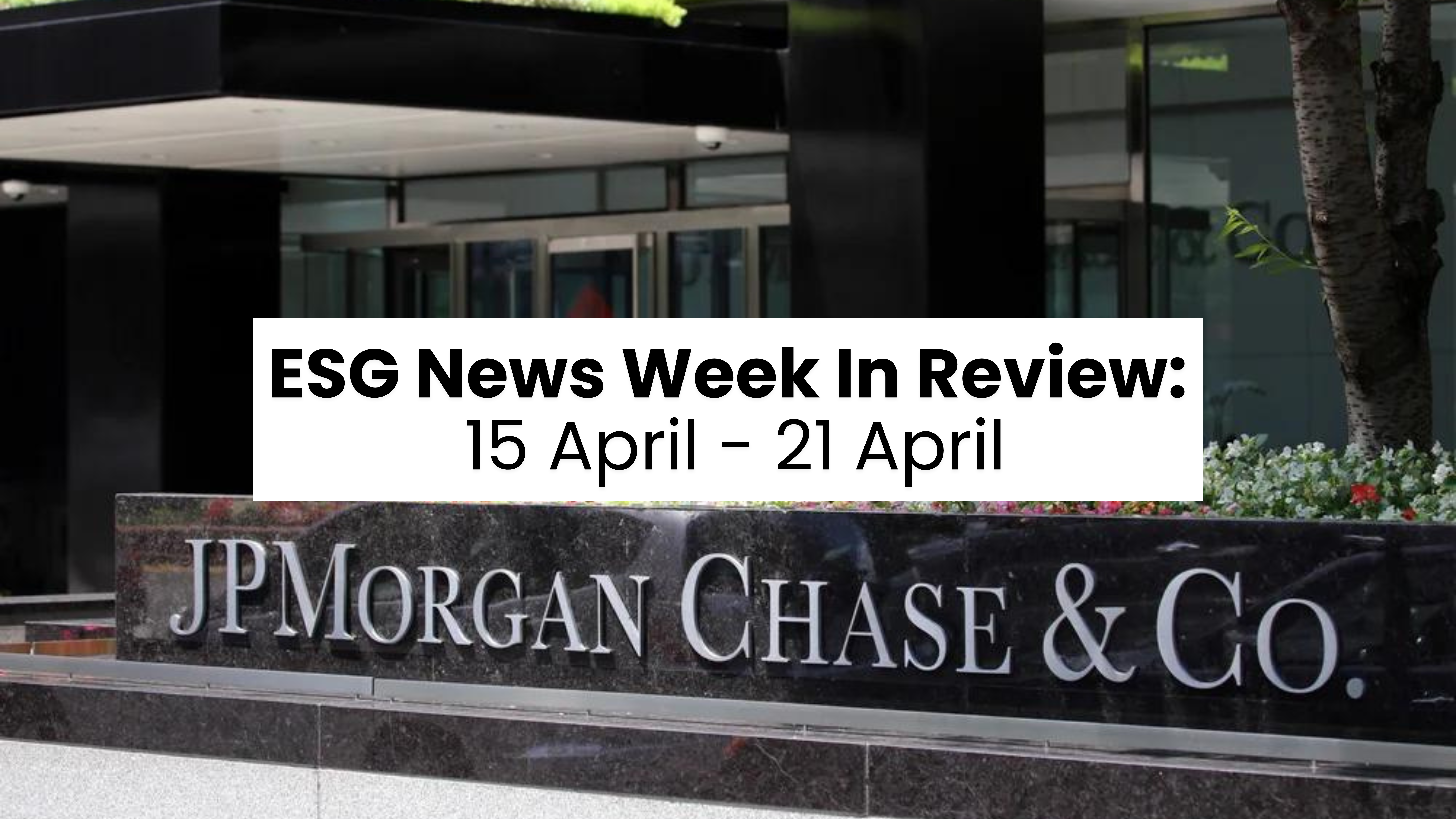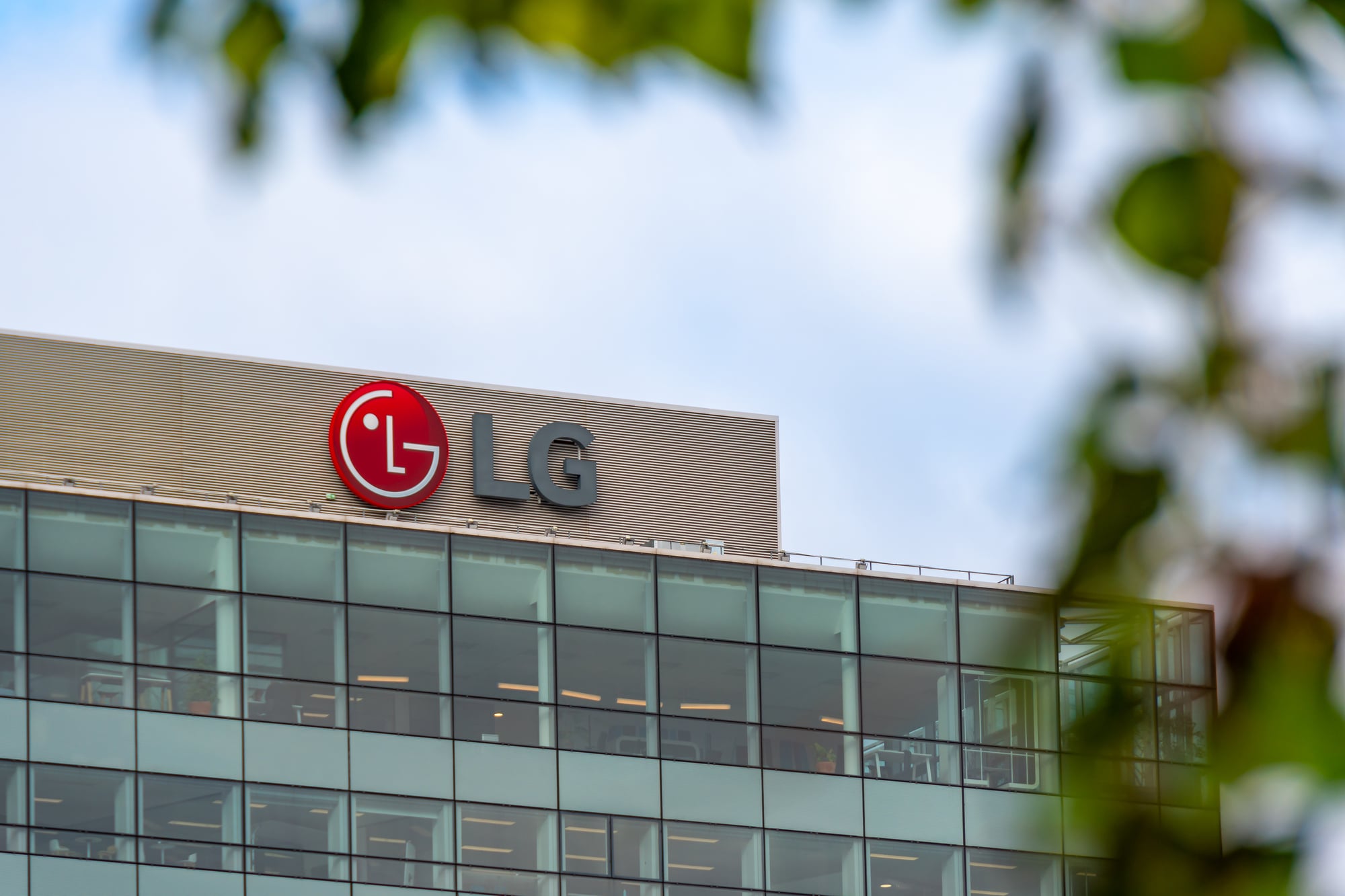Theia Analytics Group Launches RRA, a Novel Quantitative Analytics Product for Conducting Governance-Focused Regulatory Risk Audits

Theia Analytics Group, a provider of a complete suite of quantitative, proprietary, data-driven products for simplifying, clarifying, and measuring risks related to regulatory changes that impact organizational governance, today announced the official launch of its first product – RRA™, an innovative analytics product for conducting quantitative regulatory risk audits of issues related to governance as part of an ESG (Environmental, Social, Governance) framework.
“RRA provides critical actionable insights to global fiduciaries for designing and implementing better governance-focused strategic business plans to help increase long-term business performance,” said Jeff Hood, CEO of Theia Analytics Group.
“Creating an essential ‘outside-in’ view of an organization’s business strategy, RRA compares and contrasts operational and market strengths and weaknesses alongside operational and market risks. It helps unlock latent value by creating accurate and highly defensible market position assessments,” said Sanford Diday, TAG’s Chief Strategy Officer.
See related article: Trulieve Celebrates Black History Month Throughout February
According to a 2020 E&Y global risk survey, “regulatory risk” is one of the top five risks that board directors expect will most impact businesses in the next twelve months. The survey also found that 87% of boards do not believe that Enterprise Risk Management (ERM) at their organization is highly effective at providing “predictive insights.”
Rooted in verifiable mathematics and data that meet the highest standards of public trust, RRA leverages natural language processing, machine learning, and text analytics to quickly distill thousands of hours of painstaking document analysis into a fully automated, highly intelligent insights engine. RRA’s proprietary risk quotient algorithm highlights high-risk organizations by the weight of their public risk statements coupled with their ability to address those concerns, which can be supplied together or as a comparison of mutually exclusive events. RRA provides document and organizational risk quotients from 0 – 100 (zero equals no risk, 100 equals maximal risk) and presents its materiality analysis in an easy-to-understand visual dashboard, arming global fiduciaries with insights into organizational risks.
RRA also serves as a lens into the regulatory direction of an organization’s industry. It takes document risk quotients and combines them into organization-wide risk quotients at a specific time locale to deliver insights into organizations that effectively address regulatory change and those that do not. For example, RRA clarifies the direction of strategic initiatives that may be obscure or opaque, like ESG, where all signs point to the E, S, and G atomizing to become independent line items.
RRA can be used by global organizations in all industries struggling to mitigate regulatory risk to identify model organizations that effectively address risks. For organizations that are effectively managing risks, RRA can be used to identify and capitalize on high-risk profiles of competitors and industry-wide trends while at the same time finding and avoiding the pitfalls that may impact their business.
“RRA is our first product for perfecting the ‘last mile’ of G-focused analytics, defining the ‘G’ in the ESG framework,” said Hood. “To this end, and because it’s the most heavily regulated industry in the world, Pharmaceuticals is the first industry covered by RRA. In the near-term, RRA will bake in all 11 sectors and 77 industries of the S&P 500. Expansion into additional indices, like Nasdaq, will follow.”
“The ‘G’ lacks the data to complete the ESG narrative, which is why we’re focused on market position and the key factors affecting long-term stakeholder value, such as regulatory changes as they pertain to ESG and other governance insights,” continued Hood.
Source: Theia Analytics Group










